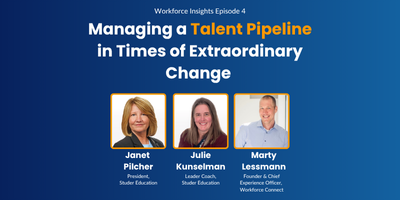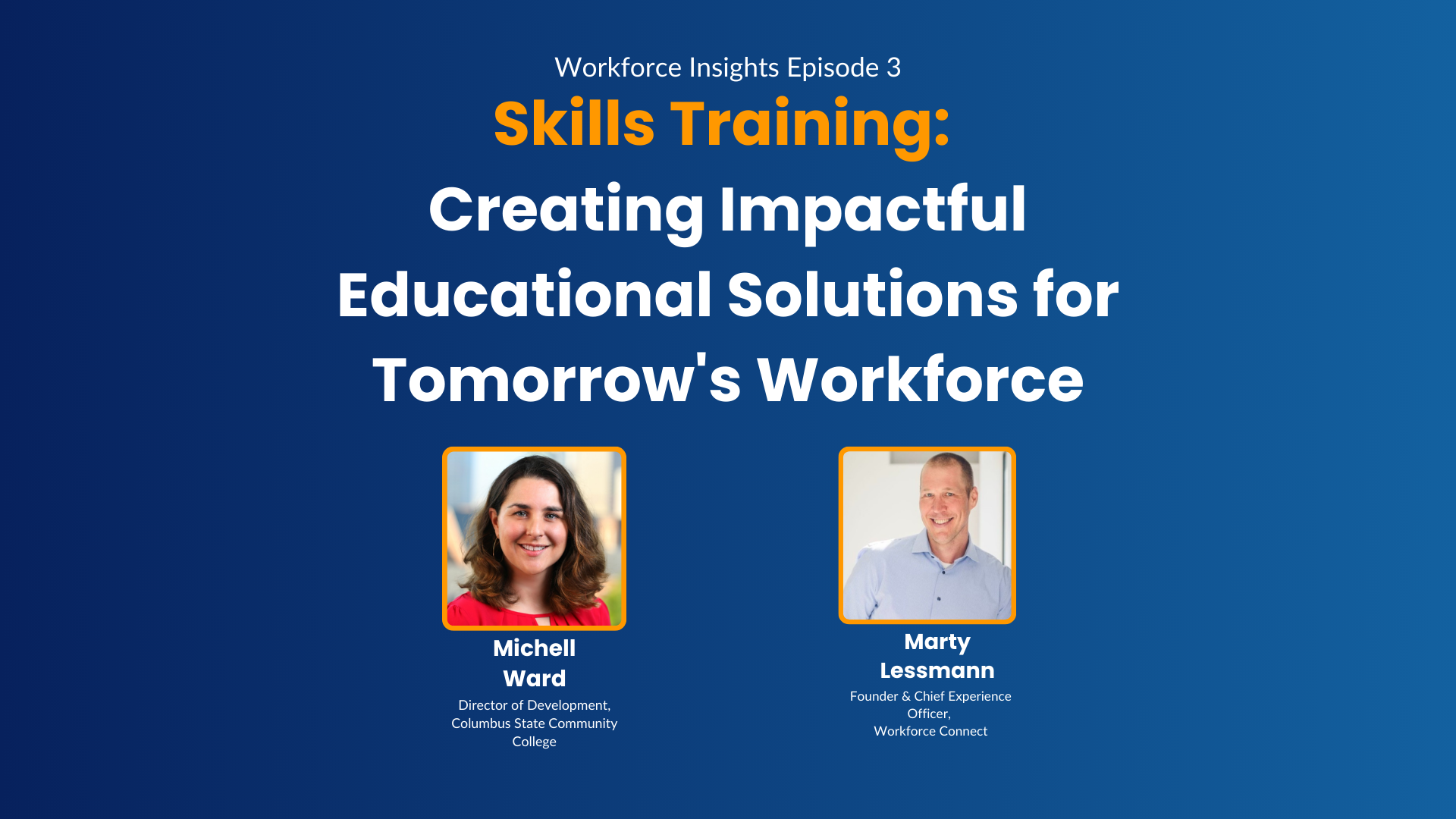Executive Summary
Community and technical colleges and workforce organizations play a crucial role in workforce development, forming partnerships with local businesses to align training programs with industry needs. Measuring the success of these collaborations is vital for ensuring they remain effective and mutually beneficial. Regular communication, asking the right questions, and using feedback to adapt programs are key strategies for sustaining strong partnerships. According to the American Association of Community Colleges (AACC, 2023), institutions that engage in regular dialogue with partners report a 35% increase in employer partner satisfaction. This Workforce Insight explores the importance of continuous conversations, targeted questions for improving collaboration, and how feedback loops can drive the ongoing success of workforce partnerships. By adopting these practices, colleges and workforce organizations can better serve students and employers, creating a more responsive and dynamic workforce pipeline.
Introduction
Workforce partnerships between community and technical colleges, workforce organizations, and local employers are essential for bridging the gap between education and employment. These collaborations ensure that training programs are up-to-date with industry standards, providing students with the skills required for in-demand jobs. However, simply establishing a partnership is not enough; its success must be measured and nurtured through ongoing communication and evaluation. The National Skills Coalition (2023) found that 78% of successful partnerships included regular check-ins and feedback sessions. To foster effective partnerships, educational institutions and workforce organizations must focus on maintaining open lines of communication, asking the right questions to understand partner needs, and utilizing feedback to refine their programs.
This Workforce Insight reviews:
- Importance of Regular Communication
- Asking the Right Questions
- Utilizing Feedback
- Measuring Success
- Best Practices for Partnerships
“We were searching for a solution to replace our fragmented ‘sticky note’ approach to partnerships and streamline our workforce development process. Workforce Connect delivered exactly what we needed, providing a centralized platform that has significantly improved transparency and collaboration with our employer partners.”
Julie Beggs
VP of Economic Mobility & Workforce Development
Why Regular Conversations Are the Key to Partnership Success
Regular conversations are the foundation of successful workforce partnerships, helping to maintain alignment between educational institutions and employers. These conversations allow partners to address challenges, adjust expectations, and celebrate successes together. Here are some key reasons why consistent communication is vital:
- Builds Trust and Transparency: Open communication fosters trust, making it easier to address concerns before they become major issues. According to the U.S. Chamber of Commerce (2023), 72% of employers reported regular check-ins with educational partners increased their confidence in the collaboration.
- Ensures Alignment of Goals: Regular conversations help both parties stay aligned on their objectives, ensuring that the training provided by community colleges matches the evolving needs of employers. For example, bi-monthly meetings between a college’s workforce director and a local manufacturing company can help adjust the curriculum as new technologies emerge.
- Facilitates Quick Adaptation: Industries change rapidly, and regular communication allows institutions and employers to adapt training programs in real time. This agility is especially crucial in fields like IT and healthcare, where skill requirements can shift quickly.
- Improves Accountability: Ongoing conversations ensure that both partners stay accountable for their roles in the collaboration. Clear communication helps set expectations around student outcomes, internship availability, and program milestones, keeping the partnership on track.
Asking the Right Questions for Better Collaboration
Effective communication is not just about frequency; it’s also about the quality of the discussions. Asking the right questions during meetings can uncover valuable insights and strengthen the partnership.
- What skills are most in demand right now?
- How well are our graduates meeting your expectations?
- What challenges are you facing with hiring or retention?
- Are there opportunities for us to improve our partnership?
- What emerging trends or technologies should we be aware of?
Using Feedback to Improve Workforce Partnerships
Feedback is an invaluable tool for refining and improving workforce partnerships. It allows both institutions and employers to make informed decisions and implement changes that benefit students and the workforce.
- Establish Formal Feedback Mechanisms: Implementing regular surveys or structured feedback sessions ensures that input is gathered consistently. A survey conducted by the Lumina Foundation (2022) revealed that partnerships with formal feedback mechanisms had 28% higher retention rates for employer partners.
- Create Action Plans Based on Feedback: Once feedback is gathered, it’s essential to act on it. Colleges can develop action plans to address concerns or capitalize on positive feedback.
- Feedback Loop for Curriculum Updates: Create a feedback loop where employer suggestions directly inform curriculum and partnership updates. This ensures that programs remain relevant and employers see tangible results from their input.
- Share Success Stories: Highlighting positive outcomes based on feedback can reinforce the value of the partnership. Sharing stories of students who have excelled in their jobs thanks to curriculum changes or showcasing improvements made based on employer suggestions can deepen engagement and commitment from partners.
Conclusion
Successful workforce partnerships require ongoing effort and evaluation. By maintaining regular conversations, asking the right questions, and using feedback to make continuous improvements, community and technical colleges and workforce organizations can build stronger, more effective collaborations with employers. These practices not only enhance program outcomes but also ensure that students are well-prepared for the job market, meeting the evolving needs of local industries. As the demand for skilled workers continues to grow, fostering adaptable, feedback-driven partnerships will be essential for keeping pace with change and driving workforce success.
References
- American Association of Community Colleges. (2023). *Strategies for Sustaining Employer Engagement*. AACC Research Brief.
- Lumina Foundation. (2022). *Building Effective Feedback Mechanisms in Workforce Partnerships*. Lumina Foundation Report.
- National Skills Coalition. (2023). *Measuring Success in Workforce Development*. National Skills Coalition Study.
- U.S. Chamber of Commerce. (2023). *Employer Perspectives on Community College Partnerships*. Chamber of Commerce Report.




